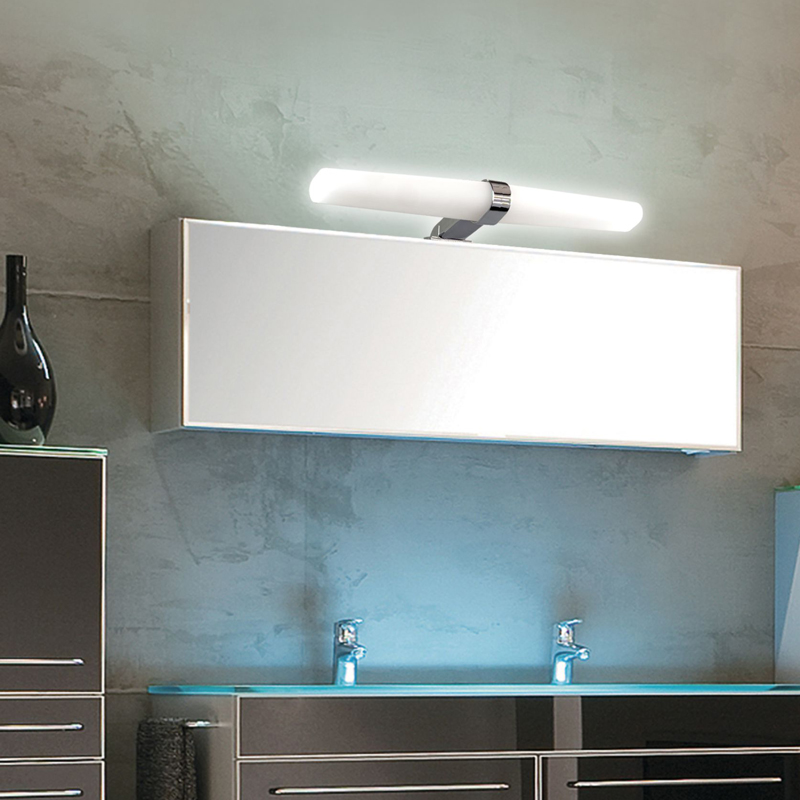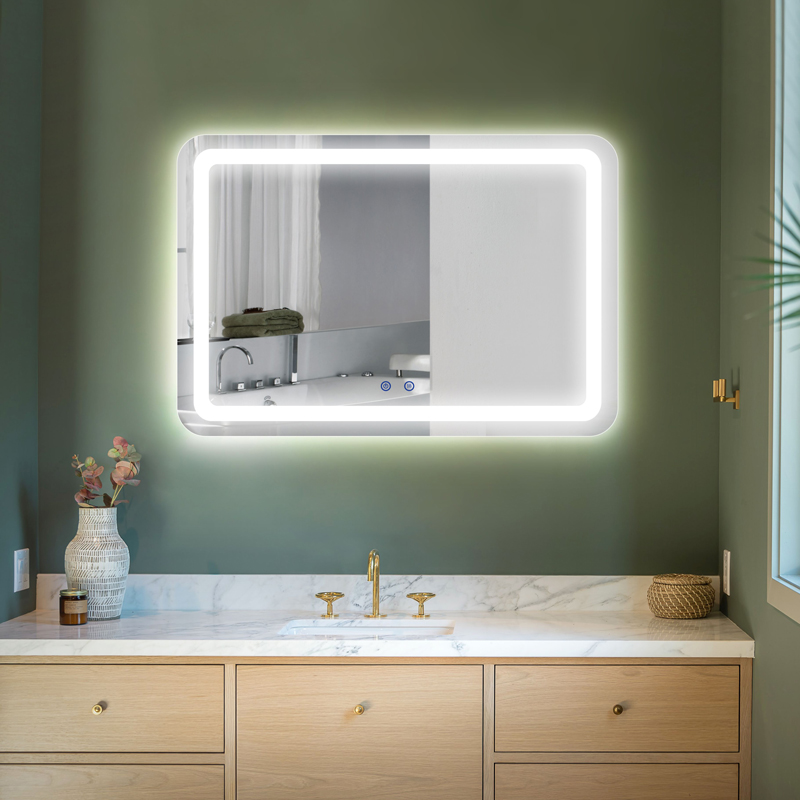Six years ago, I looked at the global manufacturers of automobiles and other light road vehicles and thought to myself, some of these firms get it and some don’t. It’s always worth checking in on through-a-glass-darkly prognostications. I don’t do it annually simply because I don’t do short term projections. Want to ride a bubble or a wave? Don’t read my stuff. Want to ride a current? Hopefully I’m useful.
I was triggered to check back on this by a couple of conversations recently. The first was my lecture to Chinese business executives through the CBEAD program in Dalian on European carbon neutrality pathways. A question from the audience in the discussion portion of the lecture was related to how Chinese electric vehicles would fare globally, and I was bullish. Very shortly after that, an online discussion with a regular collaborator reminded me of the piece, and led me to look it up. I hadn’t realized that I’d written it quite so long ago. And so, how did my fun-house mirror crystal ball perform? Mirror Cabinet With Shelf

Six years ago I said, 6 Of 10 Big Electric Car Companies Are In China. I closed with the following:
“Over the next decade, we’ll both see more of these Chinese companies with cars on the road outside of China. And we’ll also see more clearly which of the legacy manufacturers outside of China will be able to survive the transition that’s in progress. This prediction comes for free, however: Fiat Chrysler is in serious trouble.”
How did I do with this prognostication? I’m feeling like it’s another case where I’m more right than wrong, in roughly the right time frame. All crystal balls are cracked, but mine is perhaps less cracked than others.
What firms did I talk about, and what did I say? Remember, these were the top 10 most likely to thrive, with comments on the ones likely to shrivel.
Number one in the Chinese firms was BYD. It’s the only company in the world rivaling Tesla for electric vehicles, and to be clear, it’s only doing that on the plug-in, not pure, battery-electric vehicles register. Lots of plug-in hybrids in its stable. But it has bought, last time I checked, seven ships to transport cars to foreign markets, is the second biggest manufacturer of electric buses in China, and is delivering electric cars to Europe along with many other countries. It’s also one of the big providers of electric buses to Europe. I’m comfortable in calling that one a crystal ball win.
Number two was SAIC. It’s the biggest light vehicle manufacturer in China, with 5.3 million unit sales in 2022. But it’s also busting a cap overseas, with more than a million new energy vehicles sold overseas. Never mind that, it was also the first Chinese manufacturer to sell a million light vehicles outside of the country. Yeah, good crystal ball vibes so far.
Next up in my six-year old #3 spot was the FAW group. It has a China joint venture with Volkswagen. It’s not doing amazingly well, at #14 in Chinese EV sales. Given the flailing and failing of western firms, not too bad, but as my #3 pick, clearly not a great crystal ball move.
Number 4 among Chinese firms is Geely, which bought the Volvo brand years ago. Volvo is a formerly Swedish automotive brand known for its top notch safety, something it’s ceded to Tesla in recent years. But upon being purchased by Geely, it focused on EVs, with Polestar being its big western play. As a note, I saw Polestar cars in my home city of Vancouver recently and a long-time collaborator of mine, Gabe Elsner, is the north American CFO. But 330 thousand electric vehicles in 2022 and a US$21 billion in revenues suggest I did just fine with this call.
Next up in my #5 spot is BAIC. Yeah, not a great call on this one. 50 thousand units sold in 2022. But it does have an agreement with the biggest EV battery company in the world, CATL, so there’s that. But for context, those unit numbers are 25% higher than GM’s for the year, and 85% of Ford’s EV numbers. Still a contender.
Next up, Dongfeng. How is this Chinese firm doing among the Chinese and global manufacturers? Well, it sold almost 350,000 electric vehicles in 2022. That’s far more than any western brand except VW and Tesla. Good call, apparently.
Which Chinese firms did I miss entirely? Well, NIO delivered 120,000 EVs in 2022, much more than BAIC. In my puny defense, it was only founded in 2015, so barely was on anyone’s radar in 2017.
So that’s a somewhat mixed record, but still pretty good. Five of seven isn’t bad.
But while I didn’t intermingle the Chinese brands with non-Chinese brands, I did list four non-Chinese automobile manufacturers as being serious about EVs.
Number one was, of course, Tesla. How’s it doing? Well, it has the best selling car of any drivetrain in the world, the Model Y. Yeah, that slightly blobby, not huge SUV is outselling everything. Oh, and it makes and sells more cars in China than anywhere else. Is it an American brand? Only somewhat. Its primary shareholder and CEO is a South African import and it’s making more cars overseas than in the USA. But sure, let’s give this one to America.
Number two? Nissan. Yeah, well. Six years ago, it had the best selling electric car in the world in its low-range hatchback, the Nissan Leaf. Now? Barely moving the needle. It’s the best among the Japanese manufacturers, but that’s saying almost nothing.
Three? General Motors. Yeah, that one didn’t turn out so well either. Who can forget the embarrassment of GM being declared by President Biden to be the US leader in electric cars when it delivered less than 50 of them in the last quarter of 2021? It’s getting better, but still, I thought more of them than they merited.
Last one on the list? Volkswagen. That firm was in an existential crisis, DieselGate. They’d bet heavily on clean diesel around 2000, and when it didn’t pan out, their executives and some corruptible engineers decided to fake better results with software. When the company was inevitably caught with its lederhosen around its ankles, it pivoted to electric. Until it didn’t. Until it did. Until it didn’t. But it still sold 570,000 EVs in 2022, so I’m fine with this call.
Which firms did I call right and wrong as fails?
Well, Toyota continues to be weirdly committed to hydrogen. Its current chair is a third-generation Toyoda family heir and a performative crier during shareholder meetings. Toyota has committed to an EV gigafactory and novel solid-state batteries delivering EVs in 2027, something I’ll believe when I see big sales overseas. But they are still claiming 200,000 fuel cell vehicles sold in the next couple of years, despite the Mirai’s sales being a rounding error on a starving gnat’s thorax, so low that major prognostication firms refuse to predict unit sales, and all that despite giving away US$15,000 in hydrogen with every new or refurbished car they sell. I’m pretty comfortable with my perspective for 2017, and will extend it to saying that the firm is likely in a decade or so to being restricted to mostly domestic sales protected by fierce regulation.
BMW? I suggested they were heading for the dumpster, and nothing has moved the needle on that.
Ford was an also-ran in my opinion, but I turned out to be wrong. They made a strategic choice to lean on branding with the Mustang and F-150 brands, and have created decent light vehicles that at least until recently they couldn’t manufacture quickly enough. This despite the Mustang Mach-E being an SUV and electric, and hence not remotely like anything with the Mustang brand in history. Ford managed to sell over 60,000 EVs in 2022, which is far more than I thought likely, although still a fraction of Tesla’s or BYD’s volumes.
Mercedes was in my also-rans, and subsequently it has made it clear that it can’t engineer a good electric car. Despite that, it moved almost 120,000 electric cars in 2022, coasting on its luxury brand. Of course, 40% of Mercedes’ global sales are in China, and Chinese people do love their top-shelf brands. Have to call that a miss on my part, as they leveraged the same brand-first approach as Ford did and made it work, despite inferior products.
As noted above, I closed saying that Fiat-Chrysler is in serious trouble. It had leave-behind brands and a chair, Sergio Marchionne, who was actively asking customers in California to please not buy the firm’s compliance electric Fiat 500. Subsequently Fiat-Chrysler’s mergers and acquisitions types clumped together with other leave-behind brands to form Stellantis, which I still think was the ugly compromise between marketing bros as martini hour loomed, with one group promoting Stellar and the other Atlantis. It’s still in trouble, undercapitalized for transformation with far too many tiny volume product lines and far too few talented executives. Its brands will continue to feature more in junkyards than on showroom floors.
I mentioned startups Lucid, Dyson, Faraday, and Rimac. Of the group, Dyson has flopped, ironically as a Singaporean firm. While Sir James Dyson was a hard-core Brexiteer, Dyson was clearly undercapitalized and the man himself had fully entered the oligarchic bubble where reality so often fears to tread, and was apparently trying to apply design cues from his vacuum cleaners to road vehicles, so its failure was preordained. Rimac continues to be a niche hypercar manufacturer with fewer than 200 cars delivered, Faraday is just entering production and Lucid has managed to sell a few thousand cars, one or two of which I’ve seen on the streets of Vancouver. Early days.
I also missed a country entirely, for no apparent reason, with South Korea’s automotive industry slipping my mind. As Hyundai delivered well over 200,000 electric cars in 2022, far more than GM or Ford, that was an obvious oversight. Of course, Hyundai is also the global sales leader for hydrogen fuel cell cars, moving 16,000 units in 2022, so it’s clearly wasting time and money on a dead end still. Kia Motors also slipped into that mental black hole when I was looking in 2017, and its EV6 sold over 80,000 units in 2022, quite a few more than Ford. That South Korea’s manufacturers are outperforming most western legacy manufacturers isn’t a big surprise, but I missed it entirely.
So in the calling winners correctly column, there are BYD, SAIC, Geely, Dongfeng, Tesla and VW. In the calling winner wrong column, there are FAW, BAIC, Nissan, and GM. In the calling the losers wrong column, Ford. In the calling the losers right column, Toyota, BMW, Dyson, Stellantis (then Fiat-Chrysler), and BMW. In calling the losers wrong, Mercedes. In the missed them completely column, Hyundai and Kia. All in all, I’m okay with that hit and miss record. After all, there are hundreds of thousands of bright people in those companies trying to make them succeed. Being better than a dart-throwing chimpanzee is good enough for me.
is a climate futurist, strategist and author. He spends his time projecting scenarios for decarbonization 40-80 years into the future. He assists multi-billion dollar investment funds and firms, executives, Boards and startups to pick wisely today. He is founder and Chief Strategist of TFIE Strategy Inc and a member of the Advisory Board of electric aviation startup FLIMAX. He hosts the Redefining Energy - Tech podcast (https://shorturl.at/tuEF5) , a part of the award-winning Redefining Energy team.

Watertec Bathroom Cabinet With Mirror Michael Barnard has 669 posts and counting. See all posts by Michael Barnard